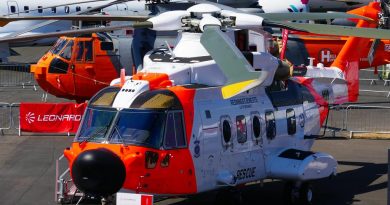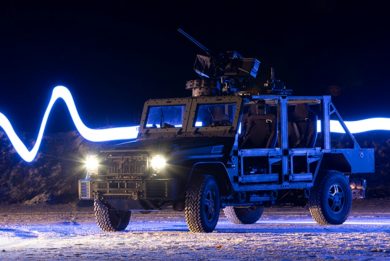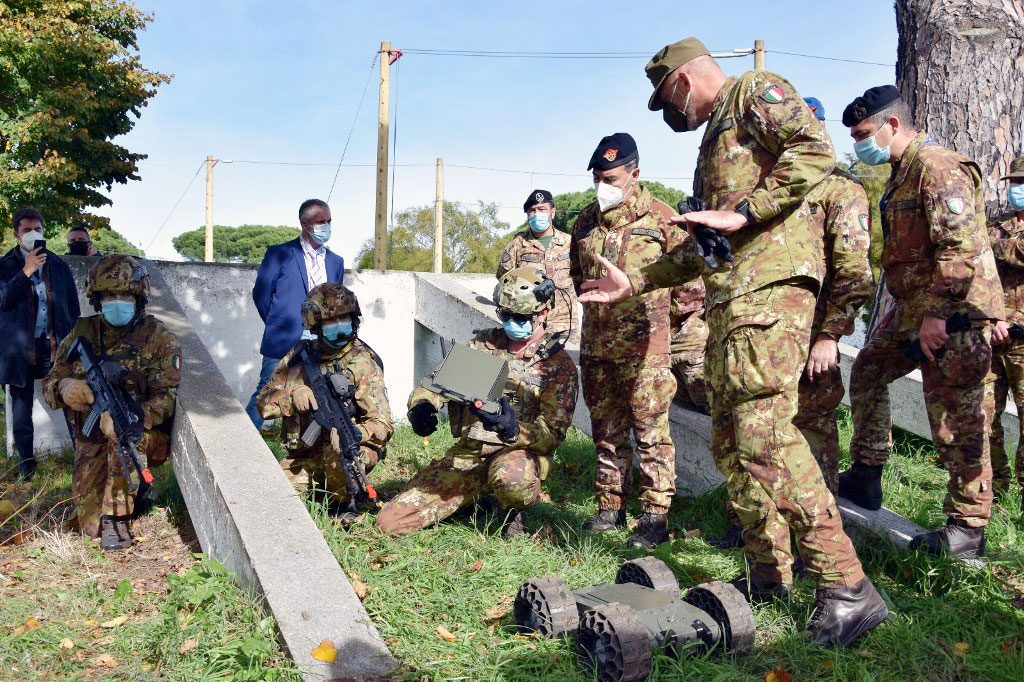
The Italian Army explores Robotics and Autonomous Systems
By Paolo Valpolini
In December 2019 the Italian Army launched the Prometeo Campaign, a three-year programme aimed at exploring the Robotics and Autonomous Systems (RAS) use in the land forces domain. The programme is based on an investigation plan carried out jointly with the industry and is carried out by the newly created Innovation Office that is part of the General Plans Department of the Army HQ.
The Army invited all potential players in the RAS domain, industry, Academia, civil and military research centres, and 18 of the agreed to become technology partners of the programme. Among those we find platform providers, such as Milrem Robotics and Threod Systems from Estonia, Rheinmetall Defence of Germany, FLIR Systems, Hippo Multipower and HDT (through its representative PEZT Co) of the USA, Leonardo, Earth Automations and IDS of Italy, while other companies are active in software solutions, simulation, scenarios, etc.
Although the COVID crisis generated some delays, less than one year after the launch of the Prometeo initiative the Italian Army and its partners gathered in Cesano, close to Rome, home of the Infantry School, for a Capability Spotlight, where the companies illustrated their solutions, in presence or at distance, in a seminar on Day 1 and then on Day 2 they demonstrated them on the field. On Day 3 some of the systems were used during a platoon level exercise, which allowed to acquire preliminary results on human-machine interface issues.
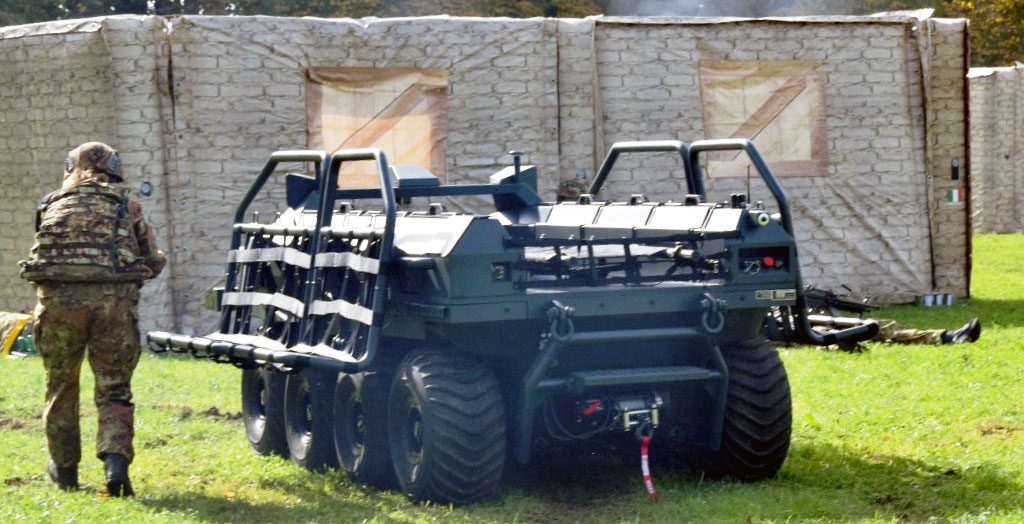
The Capability Spotlight was the very first step in the experimental process. The Italian Army is about to launch a bid through NSPA (NATO Support and Procurement Agency) for a system integrator that will become the sole responsible for integrated access to the problem, safety issues, as well as certification of the experiment process. The key point will be the integration of platform, navigation sensors, autonomy software, control and mission execution software, and finally human-machine interface, that will allow the operator to programme and assign the mission. A contract is expected to be signed in Q2 2021. This will lead to a series of trials, the Army considering to stick to the platoon level; trials will include a mix of real and simulated elements, the level remaining that of the infantry platoon, to limit complexity and budget, and to allow a high degree of detail. The integrator will also provide support in results analysis and evaluation.
The scenario considered by the Army to verify the potentialities of RAS is the congested urban area, a Megacity referring to the Italian Army Future Operating Environment post-2035 document issued in 2019. Three missions are being analysed, “Movement in Urban Area”, “Building Clearance in Urban Area”, and “Resupply” the latter including the two-way movement, forward to resupply troops, and backwards i.e. to evacuate casualties. The trials will have to answer a set of seven questions; how will RAS technology enable a platoon-level unit to carry out effective “search & control” in a complex urban environment, reducing risks and increasing operational advantage against a complex threat? How can RAS technology help to support target acquisition and surveillance, effectively helping to focus decisive effects (lethal and non-lethal) on the opponent? How can RAS technology support the concept of dispersed forces (equal mass and lethality but fewer forces on the ground)? How can RAS technology reduce the vulnerability of our UAV and swarm systems? How can RAS technology improve manoeuvring time through mobility and counter-mobility? How does RAS enable agile C2 of dispersed forces in a complex environment? How can RAS technology support an effective and efficient integrated logistics resupply?
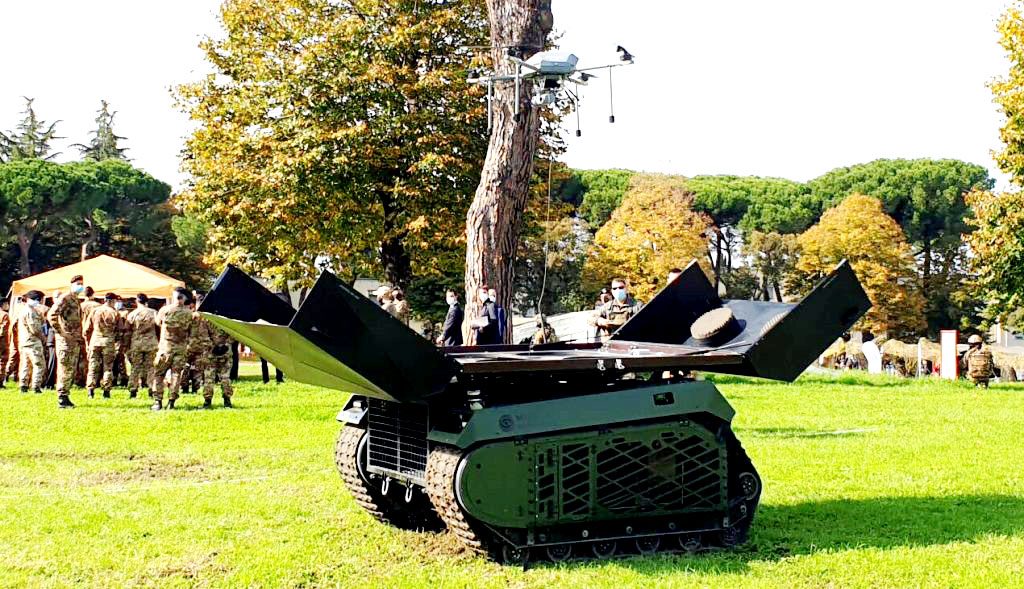
“When we will carry out the final trial, that we currently plan for early 2022, the answers we have to provide are: Are RAS useful? And if yes which advantages will they give us, and using them in which way?” Col. Paolo Sandri, head of the Innovation Office tells EDR On-Line, underlining that his office will not be in charge of issuing a contract for the acquisition of a system, but rather to provide the right elements for the Army HQ entities that will be eventually tasked to proceed further.
Col. Sandri also details the work done at Cesano during the Capability Spotlight: “We challenged industry to deploy their systems in a squad level exercise carried out in the Infantry School MOUT area, under 60 mm mortars simulated fire. We first sent in a squad equipped with current available technology equipment; this ended the mission but a significant attrition, both in terms of casualties and supplies, hindered a full exploitation. We repeated the exercise with an extensive use of sunrise technology assets, and the mission was carried out with a consistent reduction in attrition and in a shorter time, the squad being fully able to prosecute its effort.” The Cesano event was just an appetizer of what the Prometeo Campaign will tell the Italian Army about the use of RAS in urban operations.
Photos courtesy Italian Army and Milrem Robotics

